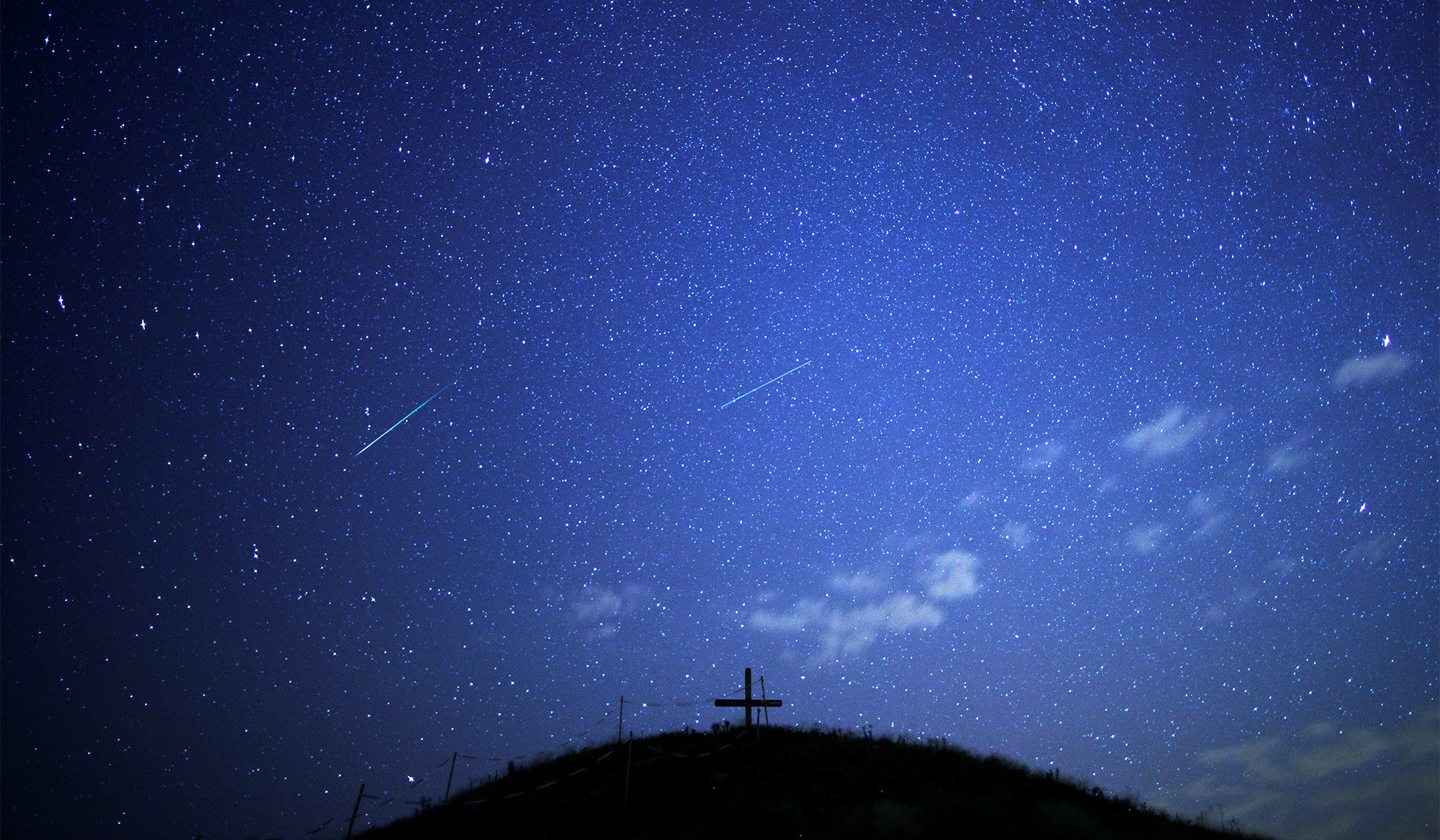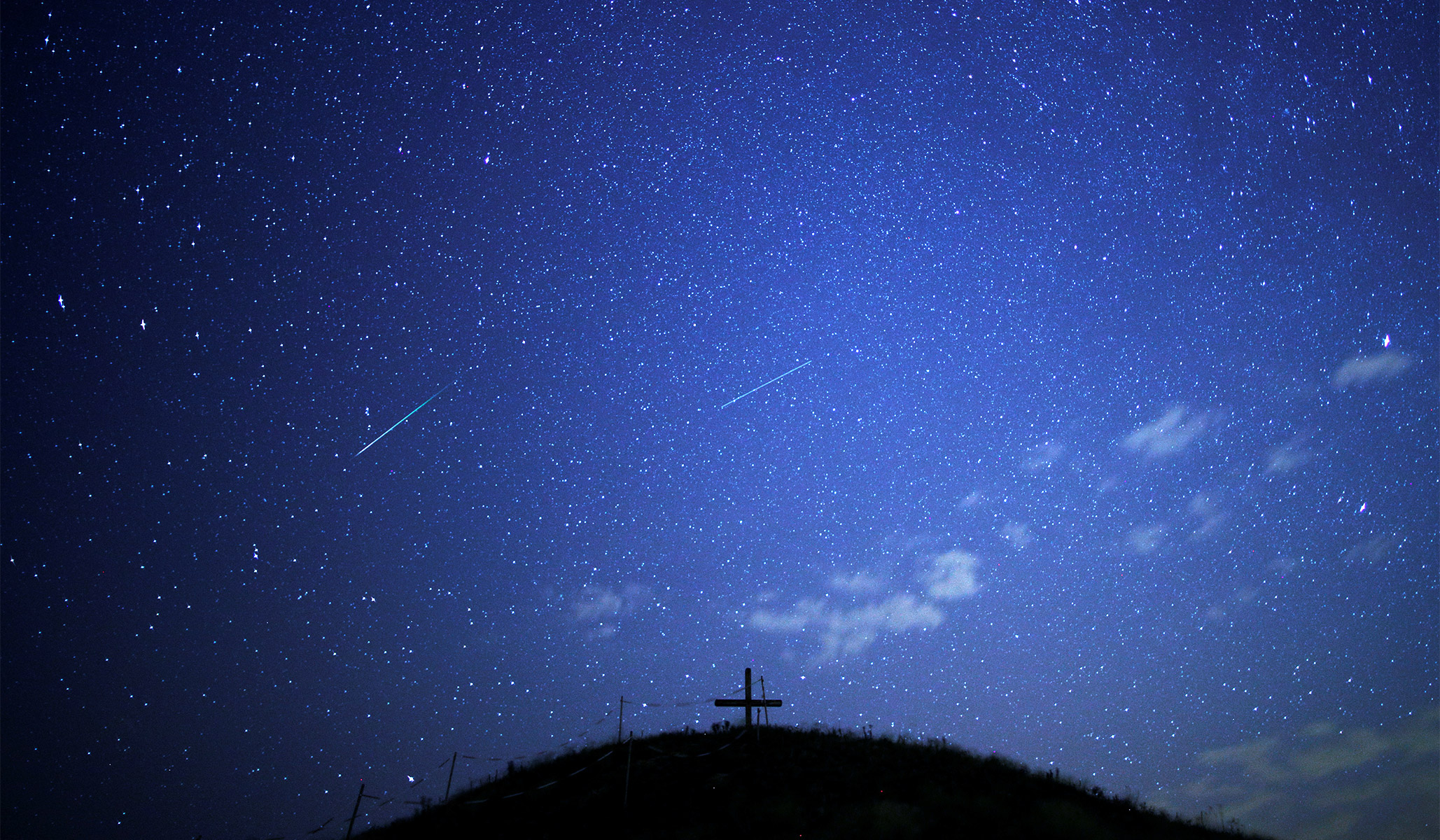
A new paper in Nature collects the scientific and archaeological evidence of a massive meteor explosion in the atmosphere, destroying an entire city in around 1,650 B.C.; the authors speculate that this may match the biblical story of the destruction of Sodom:
~ 1650 BCE (~ 3600 years ago), a cosmic airburst destroyed Tall el-Hammam, a Middle-Bronze-Age city in the southern Jordan Valley northeast of the Dead Sea. The proposed airburst was larger than the 1908 explosion over Tunguska, Russia, [which] detonated with ~ 1000× more energy than the Hiroshima atomic bomb. . . . Heating experiments indicate temperatures exceeded 2000 °C. Amid city-side devastation, the airburst demolished . . . the 4-to-5-story palace complex and the massive 4-m-thick mudbrick rampart, while causing extreme disarticulation and skeletal fragmentation in nearby humans. An airburst-related influx of salt . . . produced hypersalinity, inhibited agriculture, and caused a ~ 300–600-year-long abandonment of ~ 120 regional settlements within a > 25-km radius. Tall el-Hammam may be the second oldest city/town destroyed by a cosmic airburst/impact . . . and possibly the earliest site with an oral tradition that was written down (Genesis).
***
There is an ongoing debate as to whether Tall el-Hammam could be the biblical city of Sodom . . . but this issue is beyond the scope of this investigation. Questions about the potential existence, age, and location of Sodom are not directly related to the fundamental question addressed in this investigation as to what processes produced high-temperature materials at Tall el-Hammam during the MBA. Nevertheless, we consider whether oral traditions about the destruction of this urban city by a cosmic object might be the source of the written version of Sodom in Genesis. . . . It is worth speculating that a remarkable catastrophe, such as the destruction of Tall el-Hammam by a cosmic object, may have generated an oral tradition that, after being passed down through many generations, became the source of the written story of biblical Sodom in Genesis. The description in Genesis of the destruction of an urban center in the Dead Sea area is consistent with having been an eyewitness account of a cosmic airburst, e.g., (i) stones fell from the sky; (ii) fire came down from the sky; (iii) thick smoke rose from the fires; (iv) a major city was devastated; (v) city inhabitants were killed; and (vi) area crops were destroyed.
The authors have published an account in The Conversation that offers more pictures and less scientific jargon in dramatizing the event:
As the inhabitants of an ancient Middle Eastern city now called Tall el-Hammam went about their daily business one day about 3,600 years ago, they had no idea an unseen icy space rock was speeding toward them at about 38,000 mph. . . . Flashing through the atmosphere, the rock exploded in a massive fireball about 2.5 miles (4 kilometers) above the ground. The blast was around 1,000 times more powerful than the Hiroshima atomic bomb. The shocked city dwellers who stared at it were blinded instantly. Air temperatures rapidly rose above 3,600 degrees Fahrenheit (2,000 degrees Celsius). Clothing and wood immediately burst into flames. Swords, spears, mudbricks and pottery began to melt. Almost immediately, the entire city was on fire.
Some seconds later, a massive shockwave smashed into the city. Moving at about 740 mph (1,200 kph), it was more powerful than the worst tornado ever recorded. The deadly winds ripped through the city, demolishing every building. They sheared off the top 40 feet (12 m) of the 4-story palace and blew the jumbled debris into the next valley. None of the 8,000 people or any animals within the city survived – their bodies were torn apart and their bones blasted into small fragments. About a minute later, 14 miles (22 km) to the west of Tall el-Hammam, winds from the blast hit the biblical city of Jericho. Jericho’s walls came tumbling down and the city burned to the ground.
Is this actually Sodom? It would not be the first thing in Genesis to be consistent with historical evidence without being proven by such evidence. Connecting the two inevitably involves a certain amount of faith. But certainly, if the Lord meant to destroy a city in one fell blow, a Tunguska-style atmospheric explosion of a meteor would be the most efficient way to do that within the parameters of things explainable by modern science. The fact that anyone looking back and returning to the site would find it uninhabitable for centuries due to an excess of salt seems a particularly apt detail.

